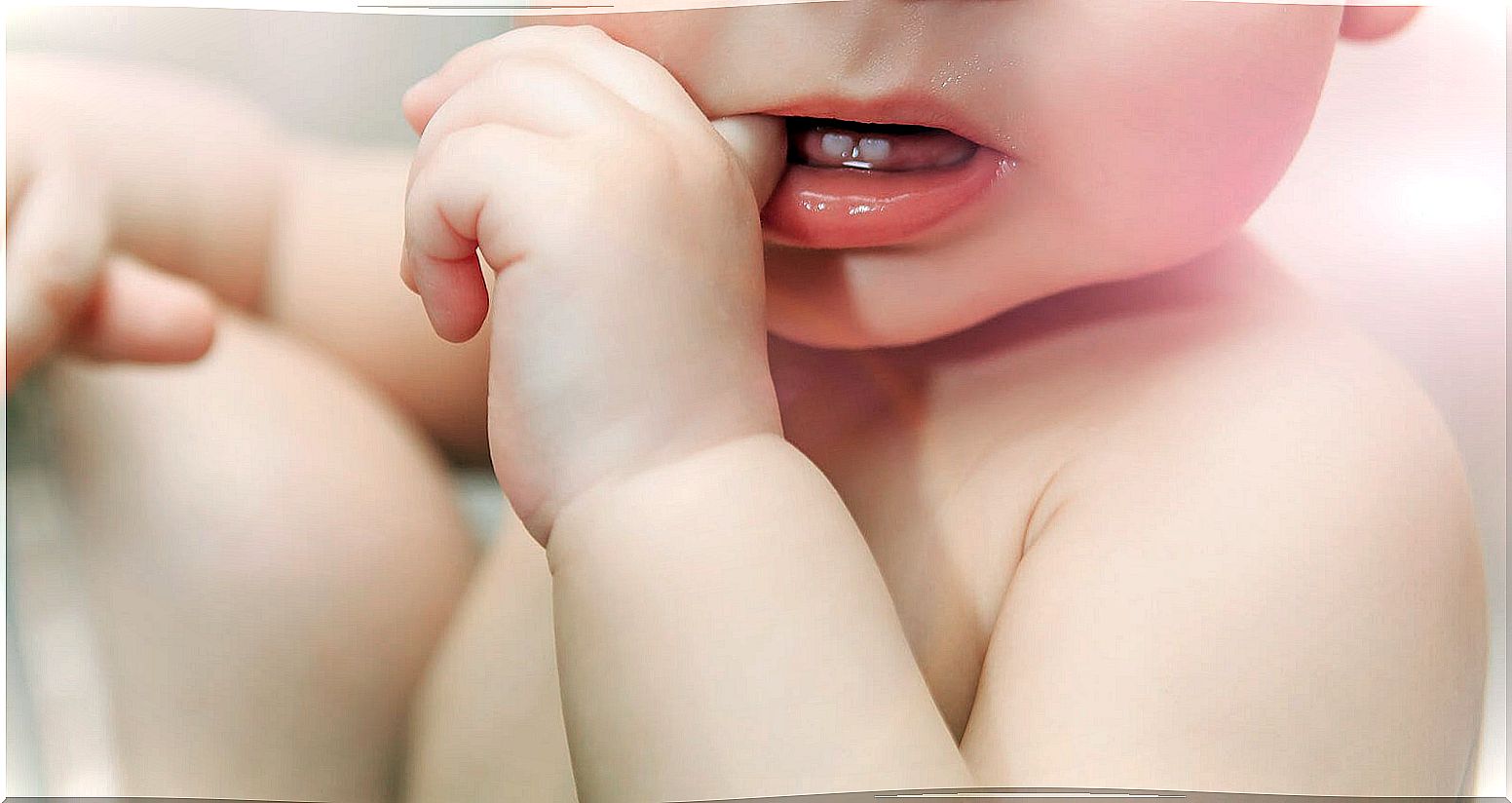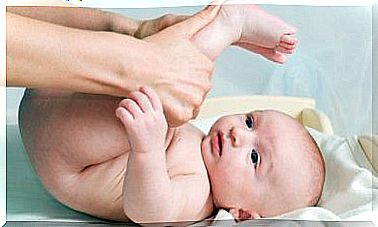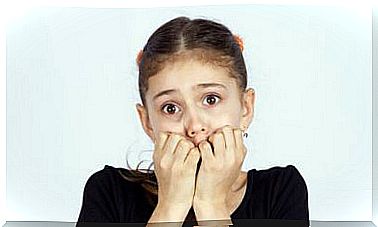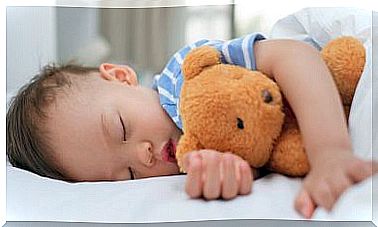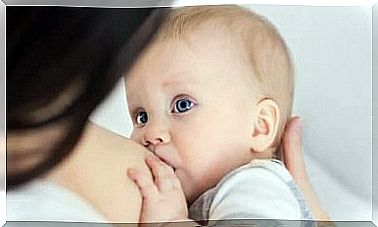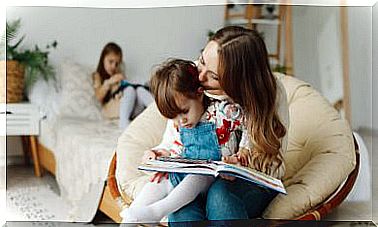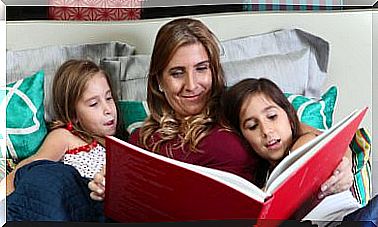Bumps On Baby Teeth, What To Do?
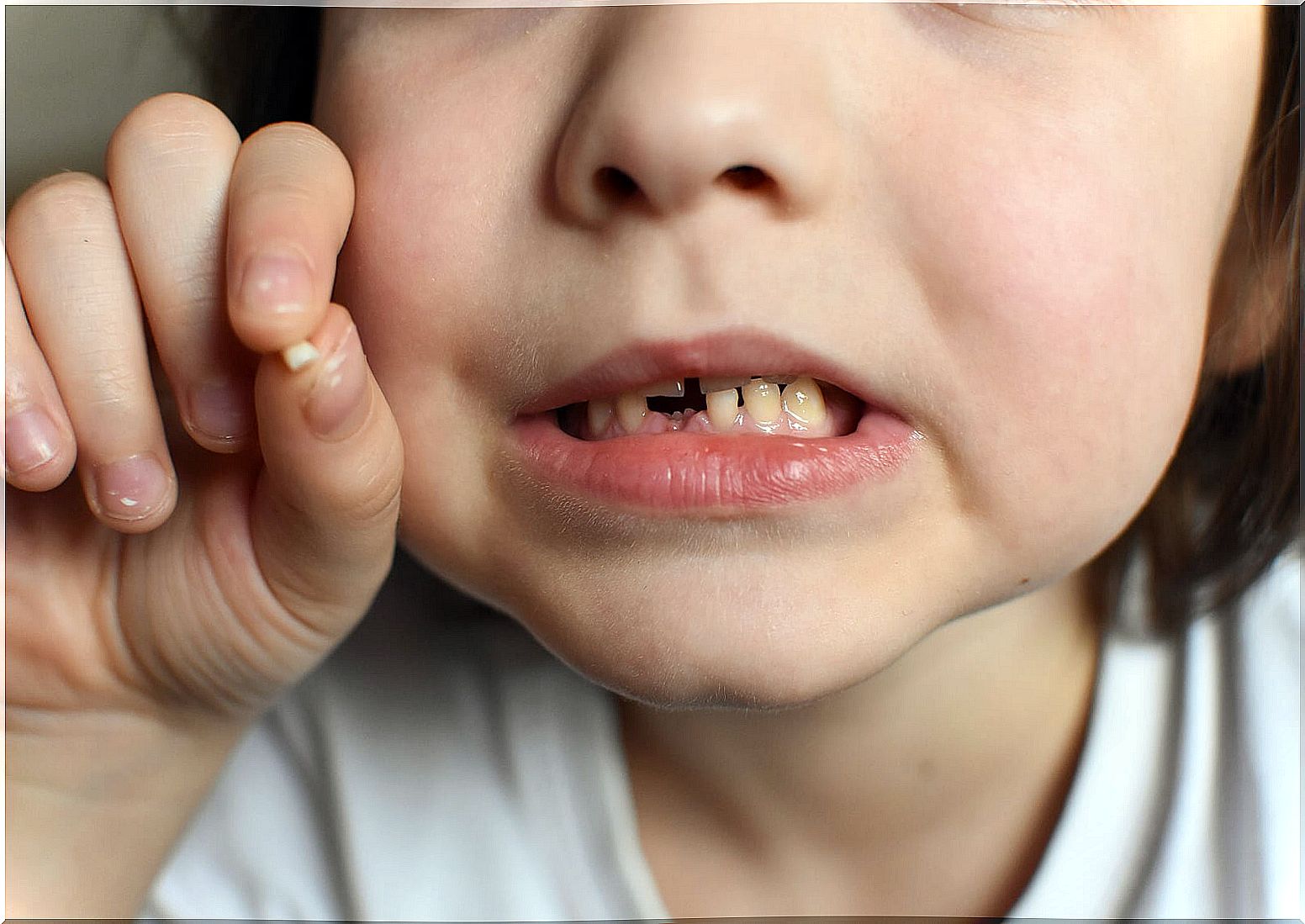
Bumps in baby teeth occur quite often in children. This is because there are several factors involved. In younger infants, there is still a lack of stability and security when walking and, in older children, many times, it is their recklessness that makes them less cautious and receive the odd blow.
The blows to the teeth of children do not have the same impact as the blows to the teeth of adults. This is because children still have their milk teeth, which are not definitive. Therefore, below, we are going to talk about what to do in case the child suffers a blow to the baby teeth.
What are baby teeth?
Baby teeth are teeth that appear in childhood. These will not be permanent, but will sprout in the baby, around one year of age, and will begin to fall off around seven or eight years.
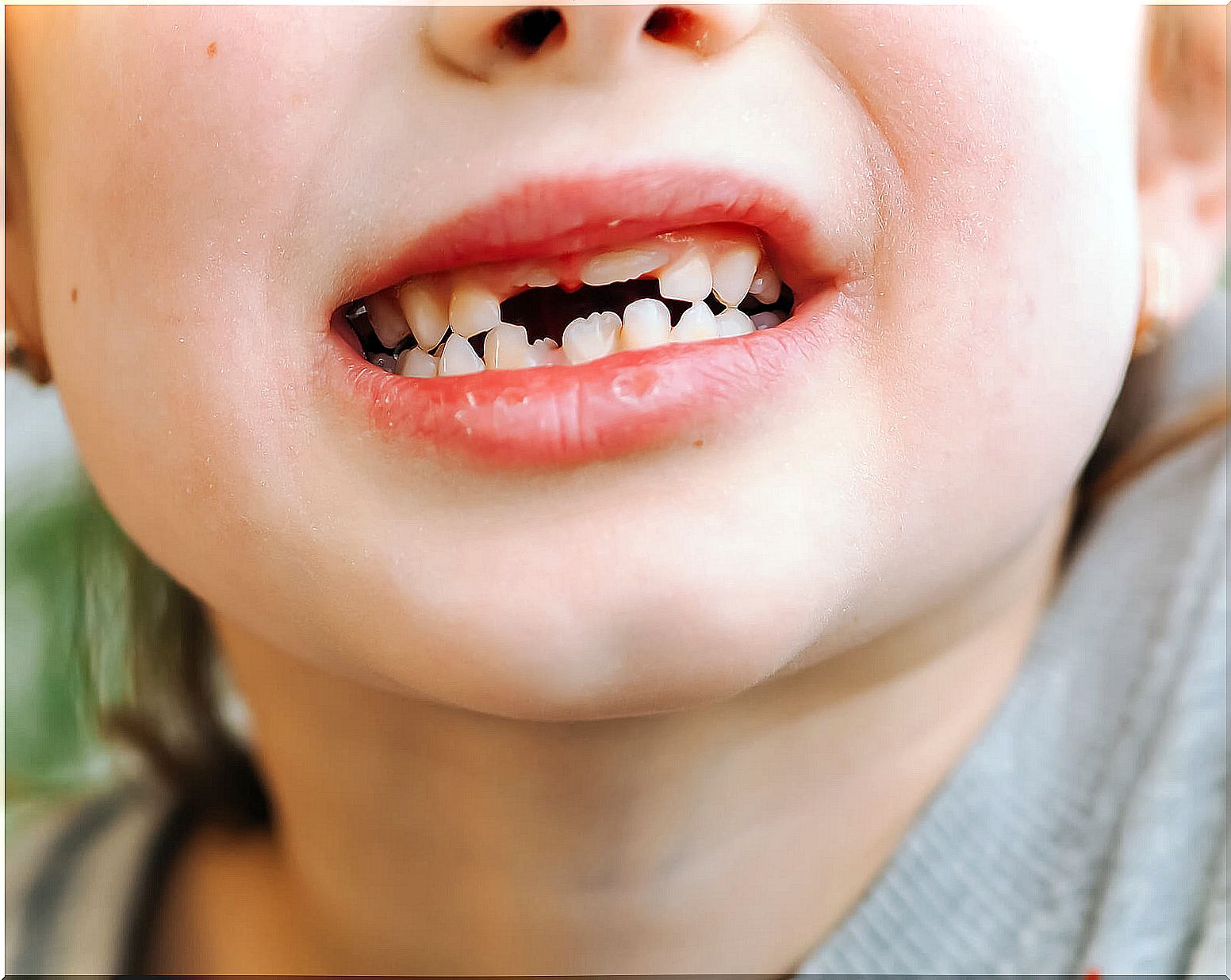
Milk teeth are very important at this stage, as they are necessary for the child to chew and vocalize correctly. They will also make you feel safe when it comes to smiling and interacting with other people. For this reason, maintaining good health, hygiene and check-ups of baby teeth is essential in childhood.
When do blows to baby teeth occur?
On the one hand, it is common for children to fall when they are learning to walk. The baby still does not have enough stability and it is easy that, as he gains security and stops being careful, he will receive the occasional blow. This stage usually coincides with the appearance of the teeth, so it is a particularly delicate moment.
On the other hand, somewhat older infants, around 6-7 years old, begin to be more reckless. Their games become faster and more carefree. They run, climb and jump. Also, they are no longer babies, so parental vigilance is no longer as intense. For this reason, at this stage, accidental bumps and falls are also very frequent, and not only affect the teeth.
Most often, trauma to the teeth occurs while the child is running or playing. They can also occur when you play sports.
How to act?
There are many blood vessels found throughout the mouth. It is for this reason that a blow to the teeth can damage many of them and cause a lot of bleeding that, mixed with saliva, makes the blow appear more serious than it actually is.
For this reason, what we must do, in the first place, when a child receives a blow, is to calm him down and rinse the mouth gently to be able to examine the real damage. Thus, several things can happen:
- All teeth are in place and undamaged. In this case, we will simply observe carefully the following days that everything remains the same.
- Complete teeth missing. If it occurs in milk teeth, we will not try to reposition any of the pieces that have fallen out, since we can damage the germ of the definitive tooth that is still forming. In these cases, it will be necessary to wait until it is the moment of appearance of said tooth.
- Missing fragments in one or more teeth. It is possible that, if we find the missing piece of tooth and keep it clean and well protected, the dentist can rebuild it in some cases. We will have to go to the dentist with the fragment so that he can decide how to act.
- That all the teeth are in place, but one or more of them move. If this happens, we will have to go to the specialist to determine the severity and if the bite is affected.
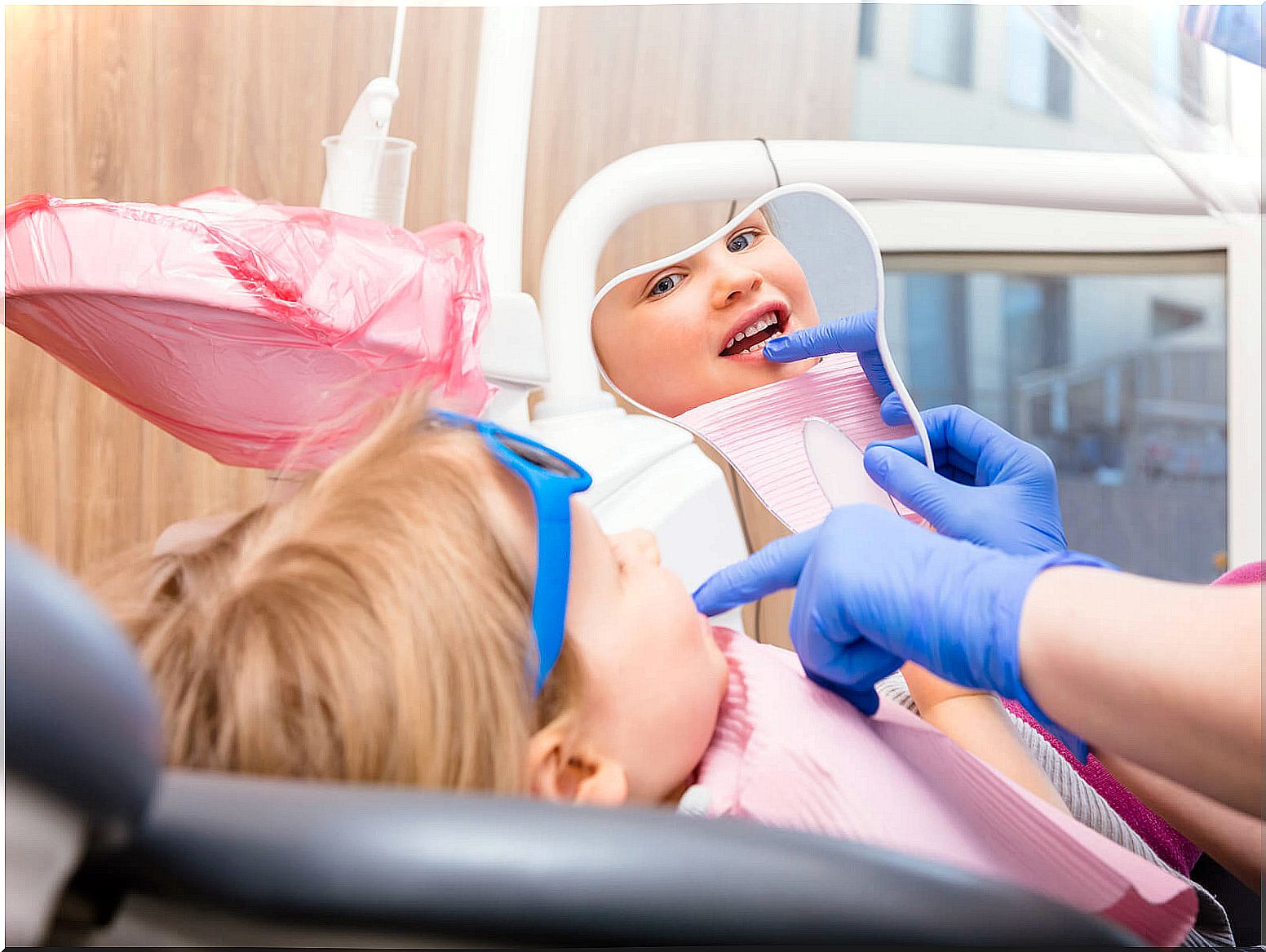
After the inspection of the mouth, before the discovery of any of the points that we have discussed, it will be necessary to go to the specialist to check, again and more thoroughly, the child’s mouth and teeth.
Care after the blow
It is possible that, during the days following the blow, the child will report pain or discomfort in the mouth, depending on the severity. Thus, we will have to make sure that good oral hygiene is carried out, but very carefully, in case there are more sensitive areas. We can also facilitate the process by feeding the infant soft food that does not require much effort to chew, at least for a few days.
In addition, if the blow has been strong, the little one may need to take pain relievers and even antibiotics for a few days, to relieve pain and to prevent infections from occurring. In these cases, the specialist will establish the most appropriate treatment.
As for blows to baby teeth, you should know …
Bumps on baby teeth are very common, especially in the first year of life and later, when children begin to loosen up with their games. Fortunately, most of the time, the damage is not very serious and the after-effects are rare.
As always, the important thing is to act as quickly and efficiently as possible. In addition, before any sign of alarm, it is advisable to go to the specialist, who will be the one who will diagnose and treat the child in the most appropriate way.
